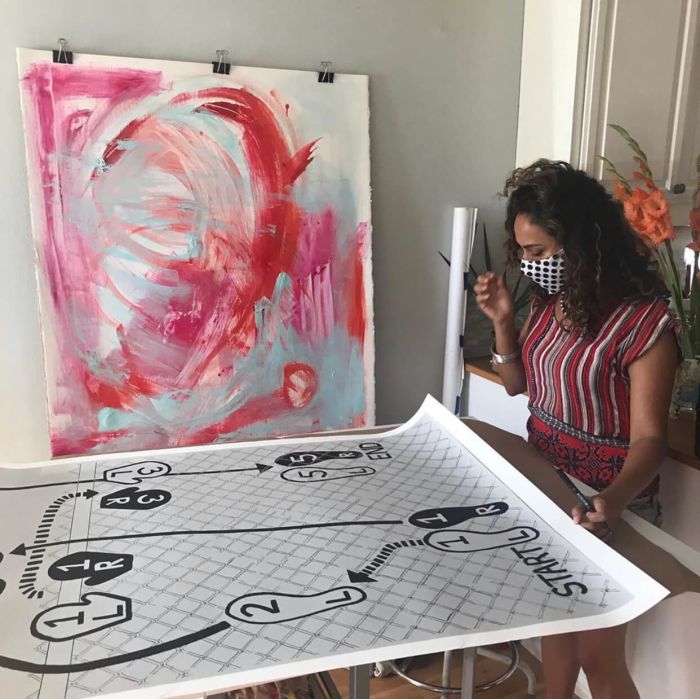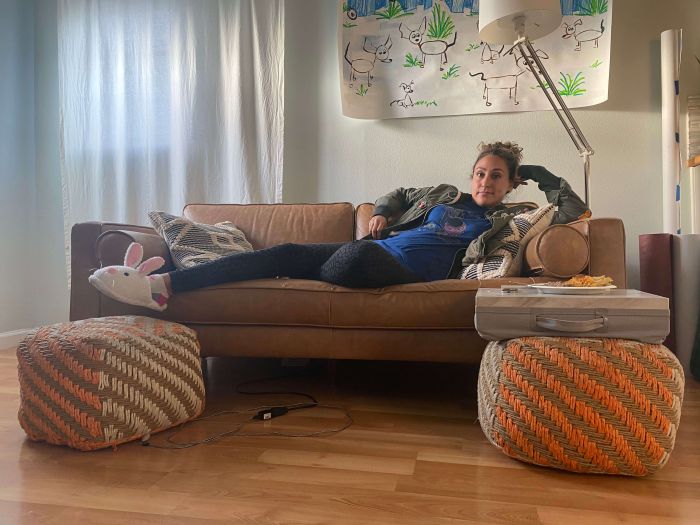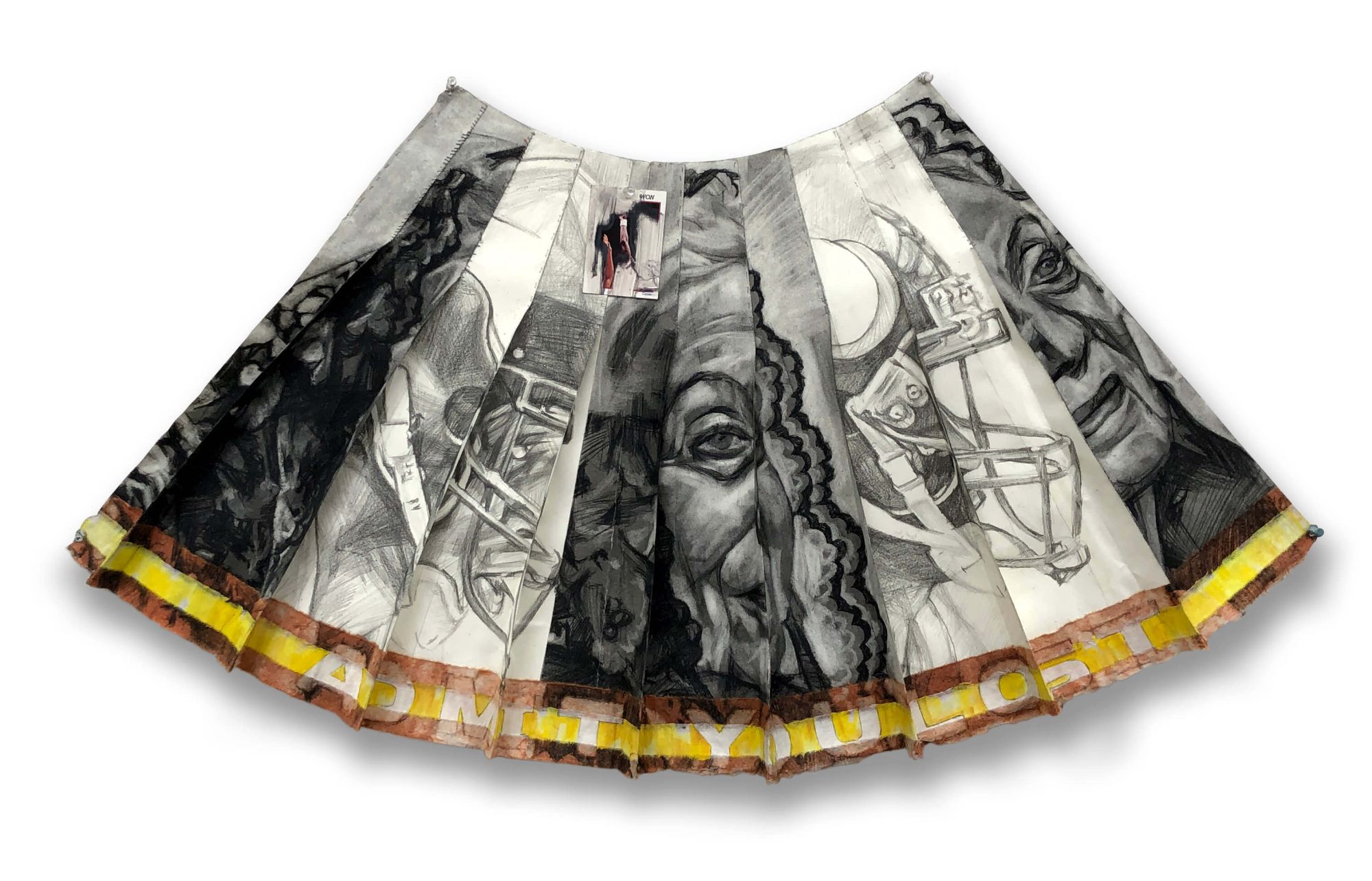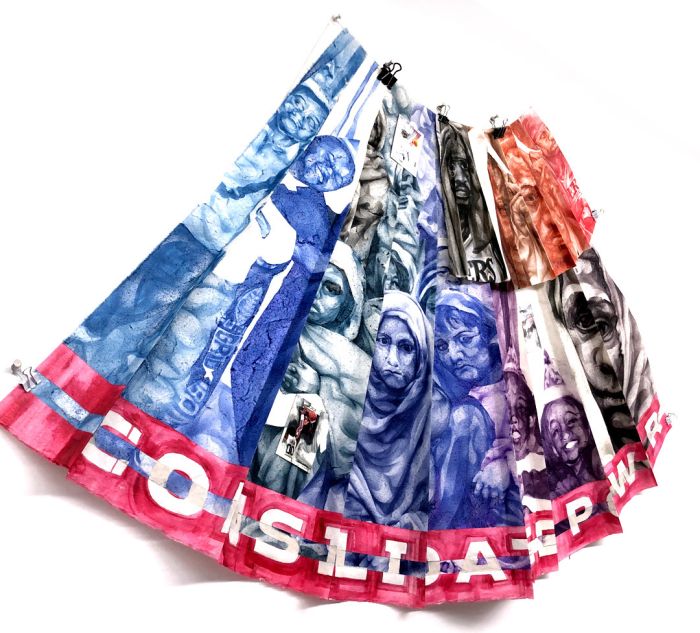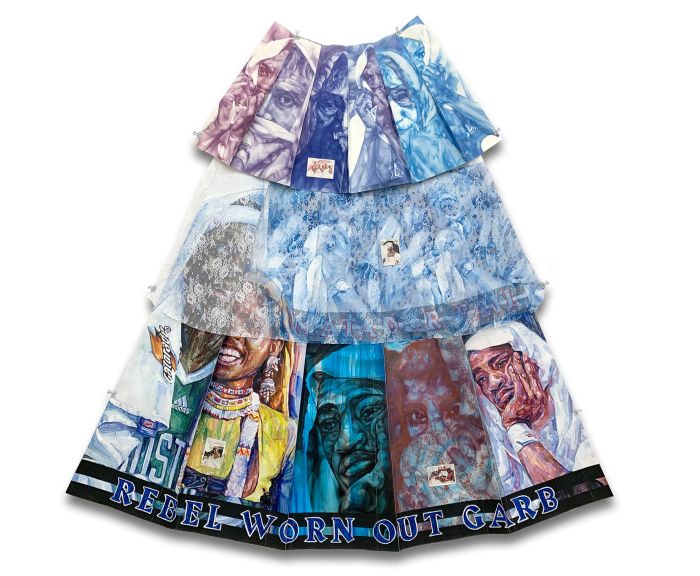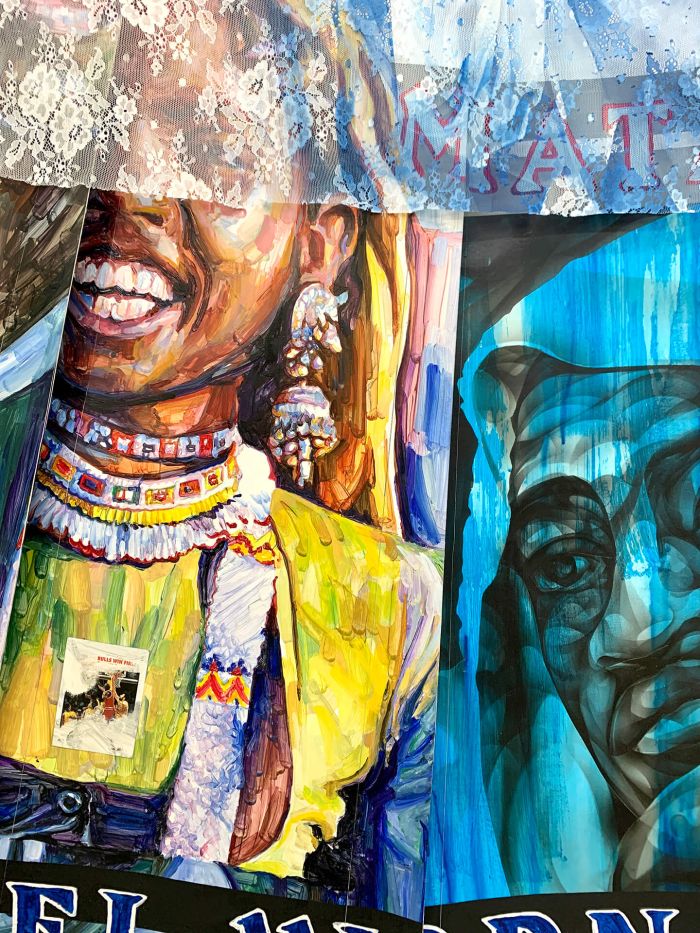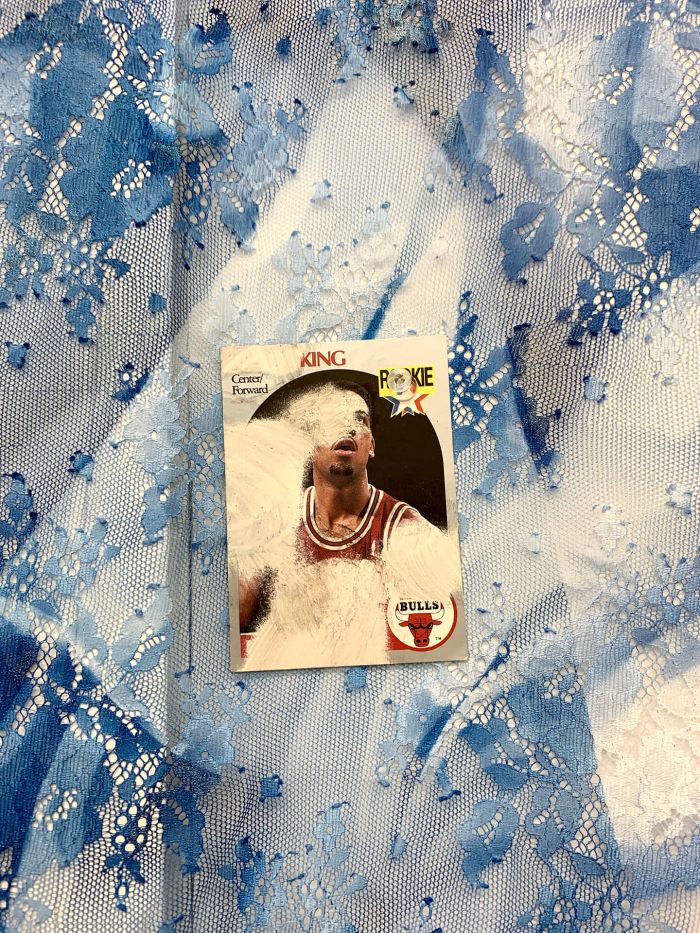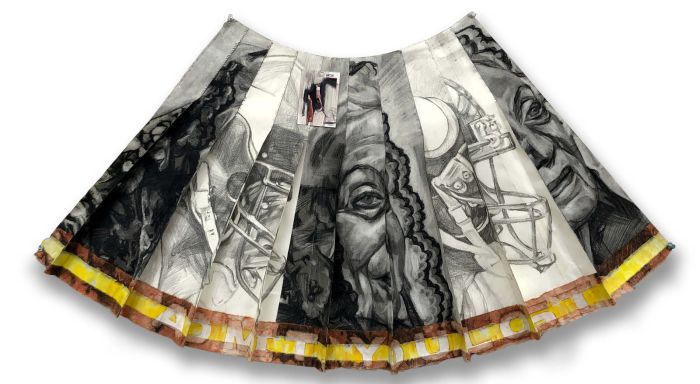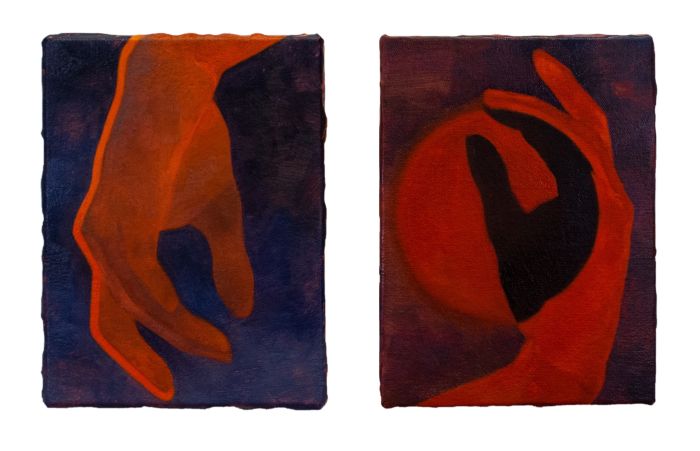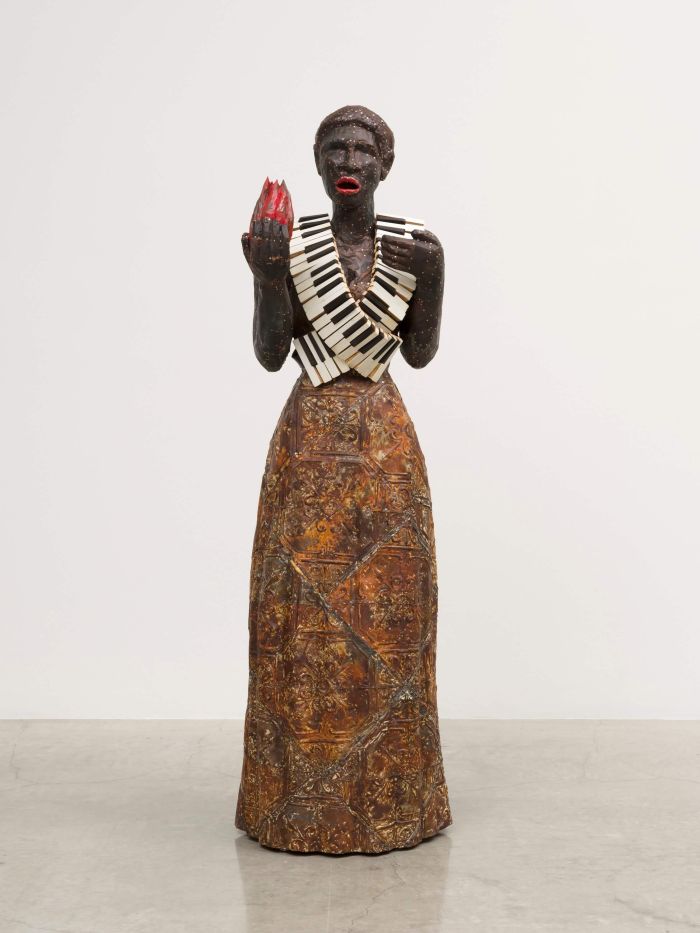Darel Carey, ’16 BFA Fine Arts
I created this piece, Ripple, and two others in a series called Natural Currents. It’s actually an animation, this is just a still. The series was inspired by the forces of nature, the currents that flow in nature. These pieces are digital artworks that I sold on a crypto art platform, Nifty Gateway, where digital art can be minted as non-fungible tokens (NFTs), enabling them to hold their value and authenticity, which is a real breakthrough in digital art, giving digital artists an ability that only traditional artists have had for centuries.
Most of the art I’ve been creating for the last several years has been physical in nature: tape installations, murals, drawings, and paintings. For the past few years, in particular, I was very busy, on the go all the time. Once the pandemic hit, the type of work I had been doing, which involved a lot of travel, slowed down quite a bit. I found myself with more time to explore other avenues, and the continued need to keep creating. I’ve always dabbled in digital elements, but haven’t delved deep into it until recently. Once I discovered the crypto art world, and the verifiability of NFTs, I thought it was the perfect time to get more serious about creating my art digitally.
As far as the piece, Ripple, a lot of what inspires my work is related to how nature works. How simple processes repeat and scale and more complexity emerges. The process of my practice is natural and organic. The way that I build a piece is cumulative, whereby the placement of each line is dependent on where the previous line was placed, and so on. I follow the process, guiding the lines along the way, but also being guided by the lines along the way, a sort of back-and-forth balance, a conversation.
What emerges as a result is something more complex than the sum of its parts. Each individual line is only there in relation to the lines next to it, none of them aware of the role they play in creating curvature and perceived depth. The piece as a whole is an illusion of three-dimensional forms, formed by two-dimensional lines arranged in a particular way. I say my work is organic because I don’t plan out exactly how a piece will look, or where each line will be. I can’t, really. I can only plan it out in a general way by deciding on the rules I will follow. I look at the big picture and pay attention to the details, everything in between works itself out. And my process translates well into the digital realm, where I’m able to use the same principles.
Ripple is referring to ripples in water in a loose, abstract way. By starting at a central point and expanding outwards, following the organically made lines, a visual ripple effect is achieved, crudely mimicking the movements we see in nature.
Darel Carey installed the mural, Dimensions in Time, at Otis College—now downloadable as a virtual background here—for its centennial in 2018. For more information, please visit DarelCarey.com and follow Carey on Instagram, @darelcarey.



